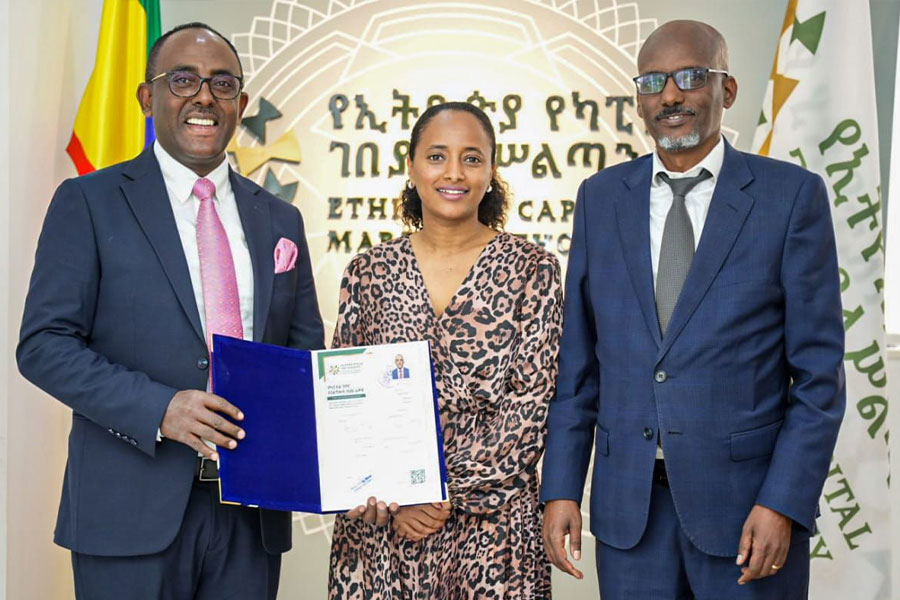
Sep 27 , 2025. By Asegid Getachew ( Asegid Getachew, Assistant professor , Department of Accounting and Finance. Head Quality Assurance and Enhancement, College of Business and Economics, Hawassa University Managing editor for African Journal of Economics and Business. He can be reached at asewoldeam@gmail.com. )
As Ethiopia’s economy looks outward, seeking more foreign capital and regulatory modernisation, gender diversity on boards could serve as a signal of readiness for business. For banks and insurers adapting to digital rules and climate risks, fresh perspectives are quickly becoming a competitive edge.
The composition of board directors serving public and private institutions has become headline news, and few topics provoke more attention than gender balance at the top.
Research continues to show that boards function better when men and women share the table. Yet, women still struggle to secure a seat at the table almost everywhere. According to Deloitte Global’s latest survey, women now hold about 20pc of board seats worldwide. Although it is progress, the report calls it “unacceptably slow.”
Campaigns such as the U.N. Sustainable Development Goals (SDGs) and initiatives by the OECD and the World Economic Forum treat parity as a tool for promoting fairness and sharper decision-making. Europe shows what happens when intent turns into law.
France, Norway, and Germany impose quotas that reserve 30pc to 40pc of board seats for women. The numbers tend to rise once legislation replaces polite insistence.
Still, as of 2024, women occupied fewer than one-third of board positions, and gains remain uneven across regions and sectors. Heavy industry lags behind, while the financial sector and consumer goods industries move more quickly. A bottleneck in the executive pipeline explains part of the gap. Fewer women reach senior management, leaving boards to choose from a shallow pool.
Africa offers a patchwork of breakthroughs.
South Africa bakes diversity into its governance code and routinely tops continental league tables. Kenya and Nigeria weigh diversity when regulators approve directors.
Rwanda stands out for its women, who hold over 60pc of parliamentary seats, about 27pc of chair roles at listed companies, and the highest share of female board chairs in Africa, at roughly 33pc. Nearly 39pc of Rwandan firms have at least one woman director, proof that political commitment can spill into corporate life even without a quota.
Elsewhere, women fill fewer than 20pc of board seats. Cultural norms, thin leadership ladders, and lenient enforcement contribute to low diversity. Yet lenders and stock exchanges now press for disclosure, making the question one of timing, not principle.
The answer in Ethiopia varies by sector. Most private and state firms operate without a binding governance code; the balance of gender representation fluctuates with each board’s preferences. Banking and insurance are distinct, as both fall under the supervision of the National Bank of Ethiopia (NBE).
Earlier rules left diversity to discretion. Recent reforms require at least two women to be represented on every bank board. The upgrade is welcome, but still shy of the threshold set by Rosabeth Moss Kanter, whose “critical mass” theory argues that boards need three women, about 30pc, to shift culture.
Kanter’s number matters. Once a minority reaches critical mass, members can challenge groupthink and forge alliances strong enough to shape strategy and risk oversight. Studies link such dynamics to clearer planning and steadier performance.
Ethiopia has two paths to reach that level. One approach is to embed targets in a refreshed governance code, maintaining companies’ flexibility while signalling their intent. The other can be straightforward. Policymakers can legislate a quota that forces firms above a certain size to seat a fixed share of female directors.
Backers of soft codes argue that they encourage buy-in and adapt to local nuances. Sceptics counter that voluntary rules often gather dust. Supporters of quotas point to Europe’s experience, noting that Rwanda’s parliament changes speed up when numbers carry legal weight. Critics warn quotas can backfire if they turn qualified women into compliance tools or feed claims that talent is scarce.
The cost of inertia is not disputable. Global investors track environmental, social, and governance metrics and punish laggards. Employees and customers read company values in the faces around the board table. Countries that sideline half their talent cede an advantage when innovation drives market shifts.
For Ethiopia, an economy courting foreign capital, board diversity should be more than optics. Banks already face tougher capital and digital rules. Broader gender representation could boost credibility with multilateral institutions and bring fresh insight into consumer finance and technology adoption. Insurers coping with climate risk may benefit from a broader lens on catastrophe models and product design.
Moving from two women per board to three will not fix every governance flaw, but it would sharpen the questions directors ask, the risks they flag, and the markets they serve. Deloitte’s findings remind the world that progress is real but slow.
Representation is mirror and motor. Ethiopia can leave the mirror cracked or polish it until it reflects its demographic composition talent. The payoff could stretch from boardrooms to bottom lines. In time, the broader economy can benefit from boards meant to steer.
PUBLISHED ON
Sep 27,2025 [ VOL
26 , NO
1326]
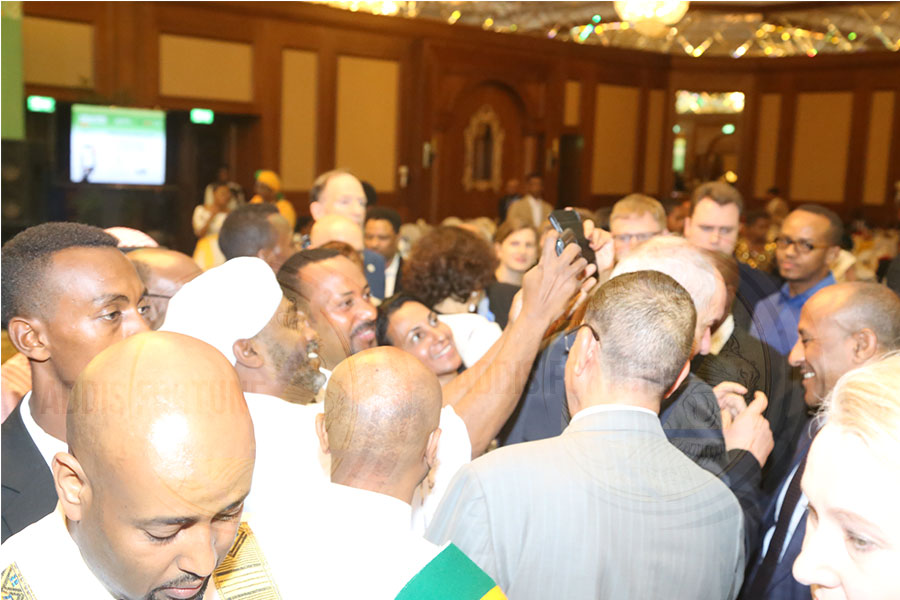
Photo Gallery | 180480 Views | May 06,2019
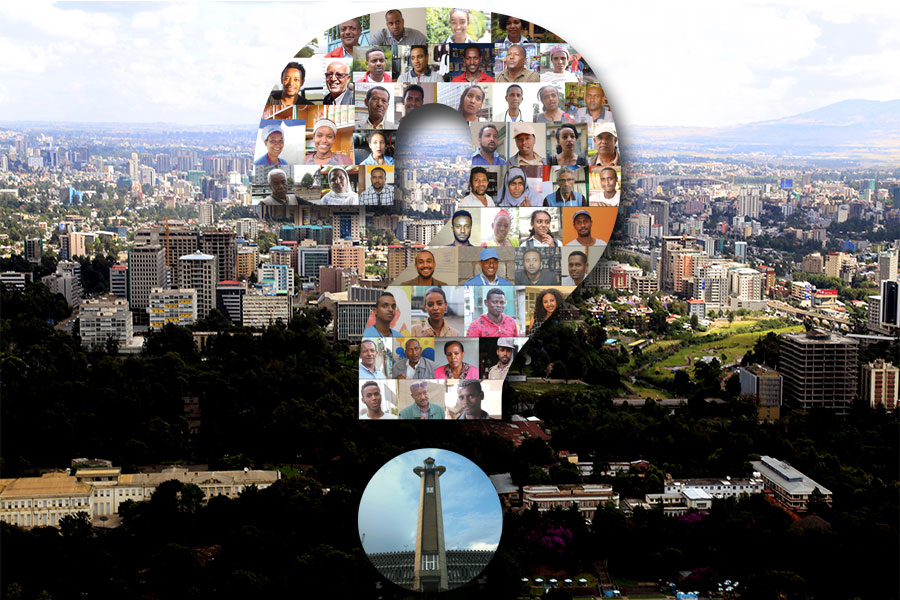
Photo Gallery | 170678 Views | Apr 26,2019
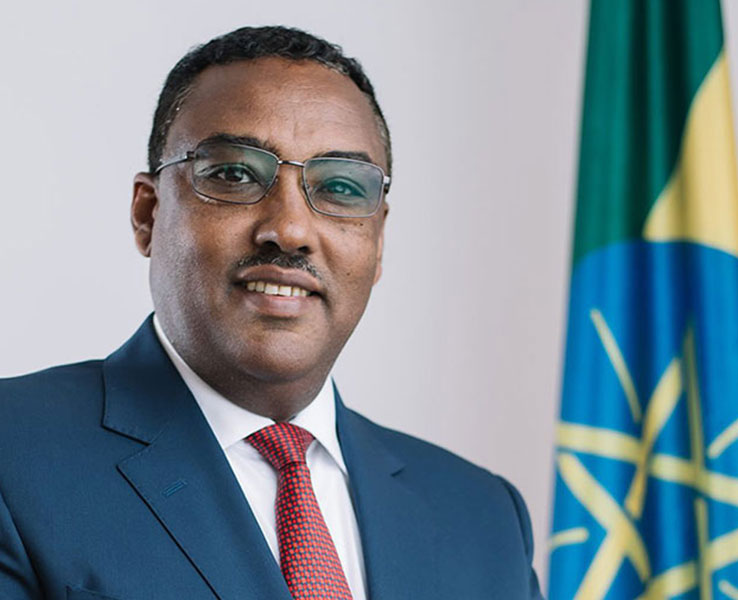
Photo Gallery | 161739 Views | Oct 06,2021

My Opinion | 137287 Views | Aug 14,2021
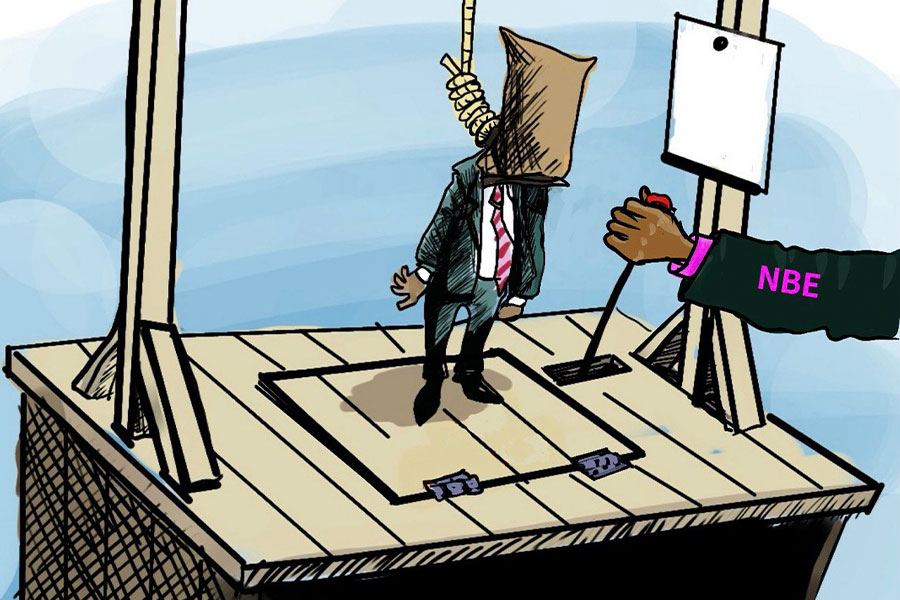
Nov 1 , 2025
The National Bank of Ethiopia (NBE) issued a statement two weeks ago that appeared to...
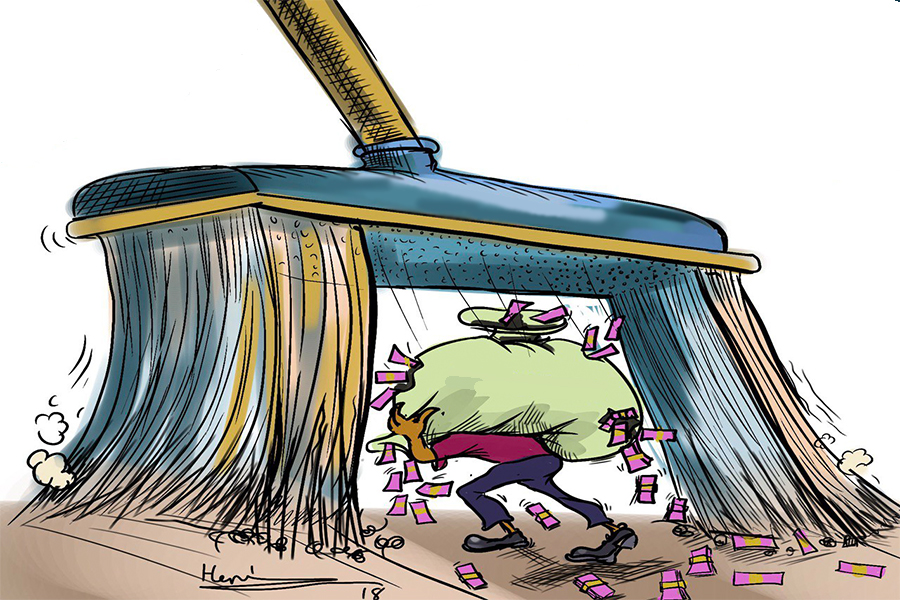
Oct 25 , 2025
The regulatory machinery is on overdrive. In only two years, no fewer than 35 new pro...
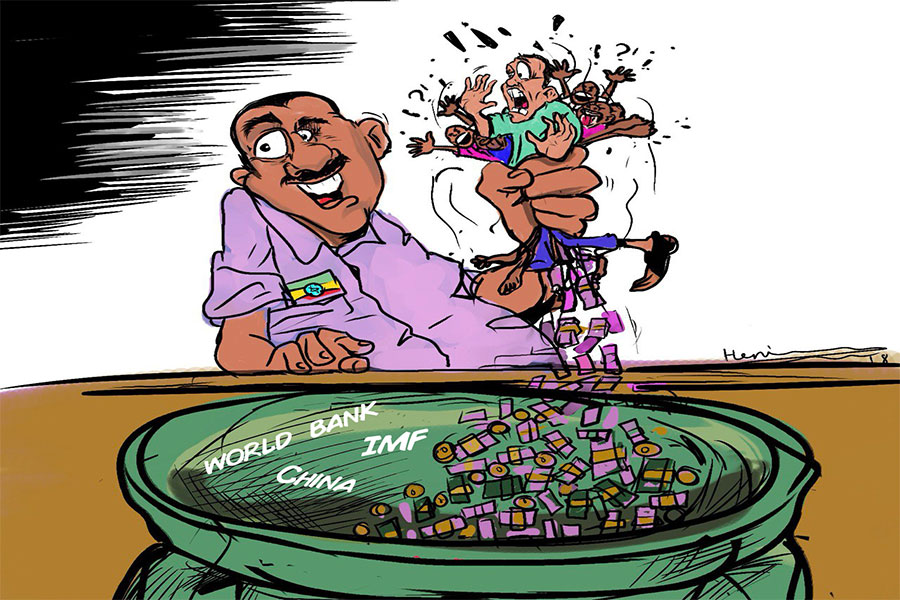
Oct 18 , 2025
The political establishment, notably the ruling party and its top brass, has become p...
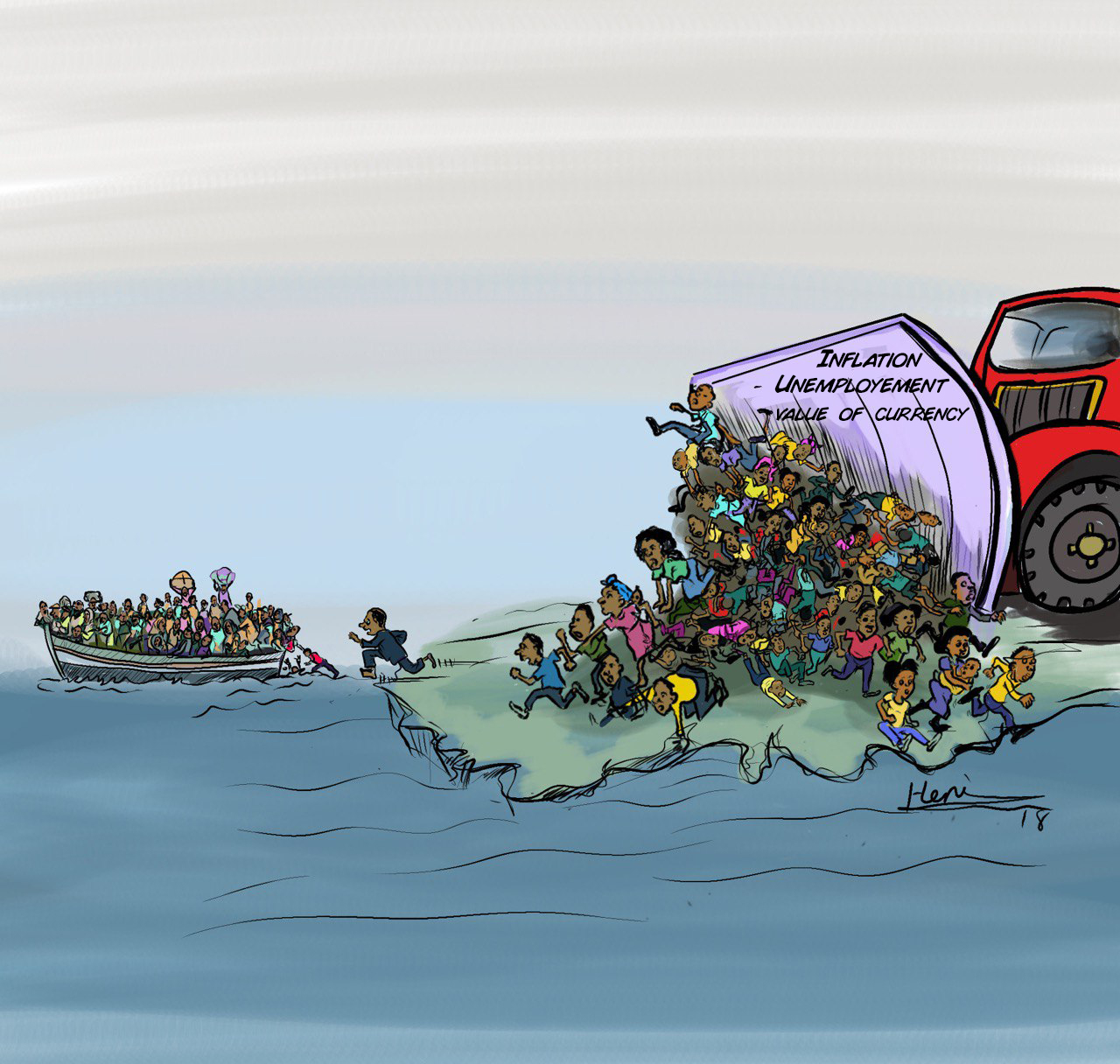
Oct 11 , 2025
Ladislas Farago, a roving Associated Press (AP) correspondent, arrived in Ethiopia in...